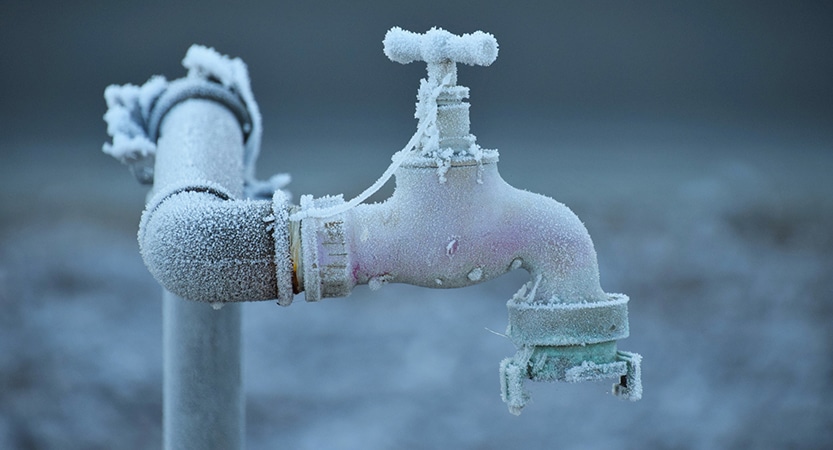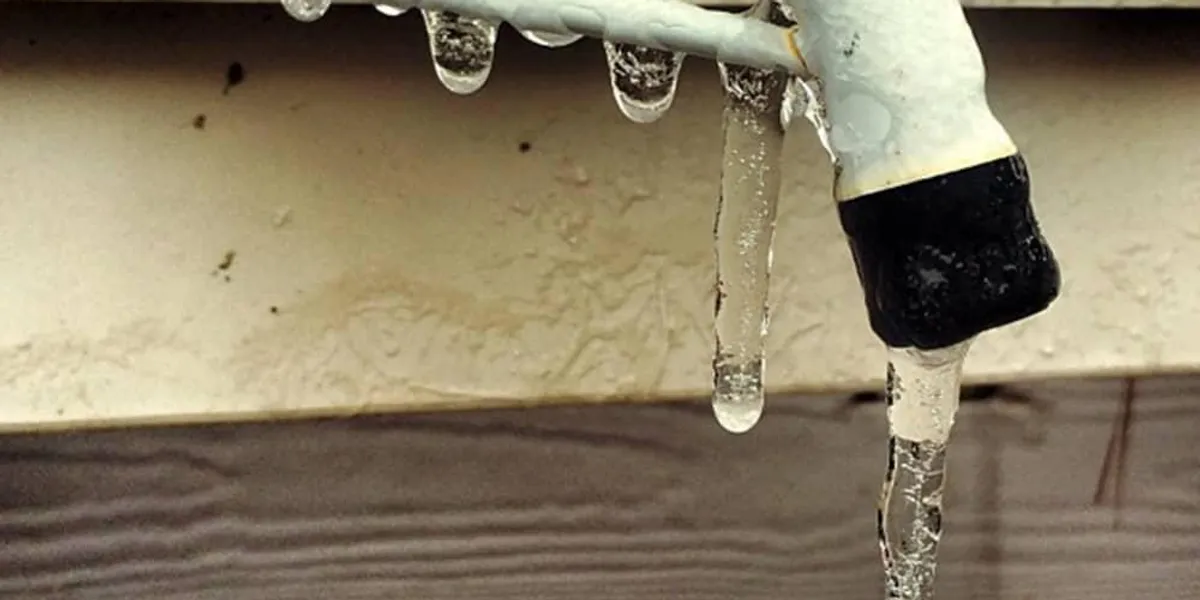Protecting Against Frozen Pipes in Cold Weather: Essential Tips
Protecting Against Frozen Pipes in Cold Weather: Essential Tips
Blog Article
What are your opinions concerning How to prepare your home plumbing for winter weather?

Cold weather can wreak havoc on your plumbing, particularly by freezing pipes. Below's just how to stop it from taking place and what to do if it does.
Intro
As temperature levels decrease, the risk of frozen pipelines boosts, potentially resulting in costly fixings and water damages. Comprehending how to stop frozen pipelines is critical for home owners in chilly environments.
Comprehending Frozen Pipelines
What causes pipelines to freeze?
Pipes ice up when exposed to temperatures below 32 ° F (0 ° C) for expanded durations. As water inside the pipes ices up, it expands, taxing the pipe walls and possibly creating them to rupture.
Risks and problems
Frozen pipelines can result in supply of water disturbances, residential property damages, and expensive repair work. Burst pipes can flood homes and trigger substantial architectural damages.
Indicators of Frozen Piping
Recognizing icy pipelines early can avoid them from rupturing.
Exactly how to identify frozen pipelines
Seek lowered water circulation from faucets, unusual smells or sounds from pipelines, and noticeable frost on subjected pipes.
Avoidance Tips
Protecting susceptible pipelines
Cover pipes in insulation sleeves or make use of warm tape to protect them from freezing temperature levels. Focus on pipelines in unheated or outside locations of the home.
Heating strategies
Keep interior areas effectively heated, specifically areas with pipes. Open closet doors to enable cozy air to distribute around pipelines under sinks.
Safeguarding Exterior Plumbing
Yard hoses and outside taps
Detach and drain pipes yard hoses prior to winter. Mount frost-proof faucets or cover exterior faucets with insulated caps.
What to Do If Your Pipes Freeze
Immediate activities to take
If you suspect icy pipes, keep faucets available to ease stress as the ice thaws. Utilize a hairdryer or towels taken in warm water to thaw pipes slowly.
Long-Term Solutions
Structural changes
Consider rerouting pipes far from outside walls or unheated areas. Include additional insulation to attics, cellars, and crawl spaces.
Updating insulation
Invest in top quality insulation for pipelines, attic rooms, and walls. Correct insulation helps keep constant temperatures and minimizes the danger of frozen pipelines.
Final thought
Preventing icy pipelines requires aggressive measures and quick feedbacks. By comprehending the reasons, indications, and safety nets, house owners can secure their plumbing throughout winter.
5 Ways to Prevent Frozen Pipes
Drain Outdoor Faucets and Disconnect Hoses
First, close the shut-off valve that controls the flow of water in the pipe to your outdoor faucet. Then, head outside to disconnect and drain your hose and open the outdoor faucet to allow the water to completely drain out of the line. Turn off the faucet when done. Finally, head back to the shut-off valve and drain the remaining water inside the pipe into a bucket or container. Additionally, if you have a home irrigation system, you should consider hiring an expert to clear the system of water each year.
Insulate Pipes
One of the best and most cost-effective methods for preventing frozen water pipes is to wrap your pipes with insulation. This is especially important for areas in your home that aren’t exposed to heat, such as an attic. We suggest using foam sleeves, which can typically be found at your local hardware store.
Keep Heat Running at 65
Your pipes are located inside your walls, and the temperature there is much colder than the rest of the house. To prevent your pipes from freezing, The Insurance Information Institute suggests that you keep your home heated to at least 65 degrees, even when traveling. You may want to invest in smart devices that can keep an eye on the temperature in your home while you’re away.
Leave Water Dripping
Moving water — even a small trickle — can prevent ice from forming inside your pipes. When freezing temps are imminent, start a drip of water from all faucets that serve exposed pipes. Leaving a few faucets running will also help relieve pressure inside the pipes and help prevent a rupture if the water inside freezes.
Open Cupboard Doors
Warm your kitchen and bathroom pipes by opening cupboards and vanities. You should also leave your interior doors ajar to help warm air circulate evenly throughout your home.

Do you really like more info about How to prepare your home plumbing for winter weather? Try to leave feedback directly below. We will be delighted to see your insights about this write up. Hoping that you come back again in the future. Don't hesitate to set aside a second to share this blog post if you enjoyed reading it. We thank you for reading our article about How to Prevent Your Pipes From Freezing.
Order Repair Report this page